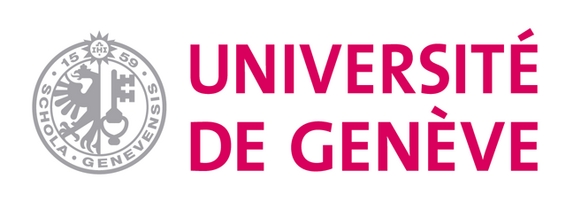In June 2017, the UN Committee on the Rights of the Child adopted its General Comment on Children in Street Situations (UNCRC, 2017) which is a milestone in the history of children’s rights. This authoritative guidance to State parties of the Convention on the Rights of the Child advocates participation of Children in Street Situations (CSS) themselves in the realisations of their rights. The present research project aims therefore to understand how this General Comment is translated into practice in the care centers dedicated to the protection and/or reintegration of CSS by focusing on Brazil and Thailand. In fact, given the restricted access to the field in China, it was decided to explore possibilities to conduct research in Thailand as an alternative country. The research will specifically examine the different personal and social factors converting the children’s participatory rights (as enshrined in the Convention on the Rights of the Child) into real participatory freedom. This will help us understand more broadly how the children’s rights agenda is “translated” into practice in different contexts.
Following our first insights from the field suggesting a diversity of children’s profiles in the different care centers visited, it was decided that the initial focus on children in street situations (CSS) in care centers would be broadened to include other children without experience of street life, but also facing vulnerabilities. Given the restricted access to the field in China, it was decided to explore possibilities to conduct research in Thailand as an alternative country.
The researcher visited 6 different care centers for children in vulnerabilities and was able to engage in interviews and ethnographic observations in 5 of them. At least two staff in each, and in total 27 children, were interviewed, and three focus groups took place, two in the city of Rio de Janeiro and one in Fortaleza… Financial crisis in the sector of social work and the discontinuation of several funding programs, as well as politics affected the research, such as the case of a shelter in São Paulo closing and reopening as a youth center (where the children do not sleep).
The researcher also could witness the participation of the children in a protest against violence against population in street situations in Rio de Janeiro (Candelaria Protests in July 2019), and took part as an observer in the discussions of a nationwide research about children in the street situations and care centers, coordinated by the scientific advisor Irene Rizzini.
Initial findings
The phenomenon of street situations has certainly not disappeared, but it has shifted significantly: It is less visible now, attracts less funding and consequently less attention. On one hand there are less children living in the streets, but not necessarily less children in vulnerability linked with the streets. In practice, children are being sent to shelters, juvenile detention, kept with the extended families or resorting to survival strategies such as occupying abandoned buildings. The “children in occupations” case significantly affects the numbers and experience of CSS in the big cities. As a result, the public policies, official and non-official, were also subject to reform. In Brazil, the definition of street situation was enlarged to include such children. On the other hand, “clean the streets” policies also started to be undertaken in occupations.
Given the restricted access to the field in China, it was decided to explore possibilities to conduct research in Thailand as an alternative country.
Largely unknown and under-researched, the current situation of children in street situations (CSS) in Thailand has significantly evolved over the past 10-20 years in different regards. CSS have become less visible on the streets, many of them have started to rent rooms in buildings or hotels with their peers and many of them are now migrant children coming from neighbouring countries. An increasing number of children are now using the streets purely as a source of income in order to survive and support their family. There are no law and/or policy specifically focusing on CSS in Thailand and the situation seems overlooked according to several social workers interviewed.
The children’s rights discourse has had an important influence on the actors working in the field of child welfare over the past two decades, including all the shelters visited. While the notion of participation is often acknowledged by social workers working with children, its understanding remains sometimes superficial and implemented in various ways.


